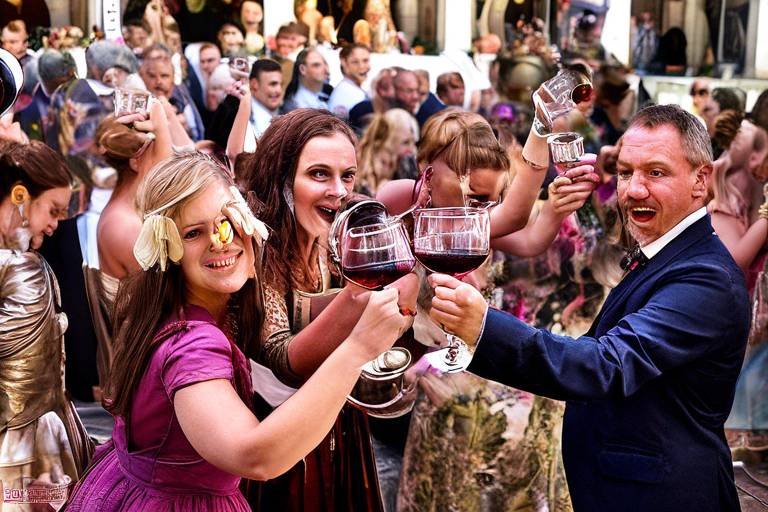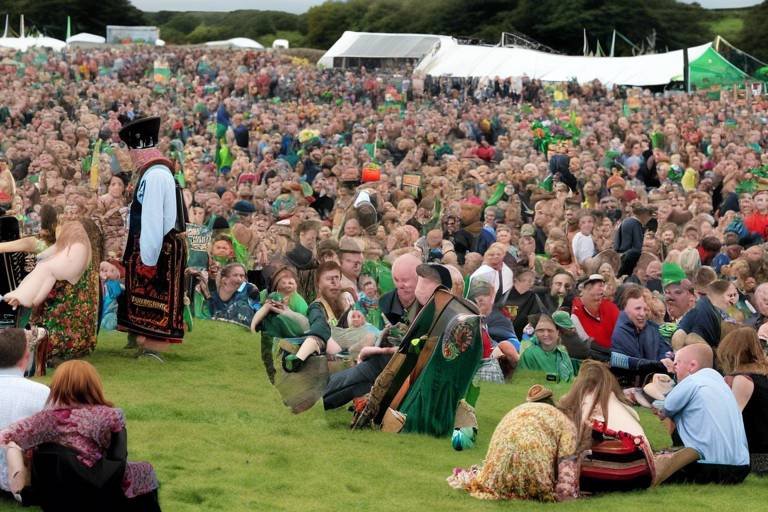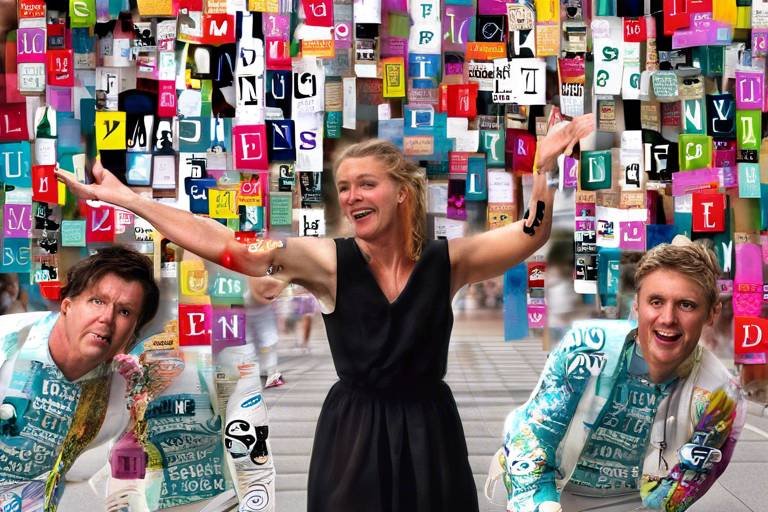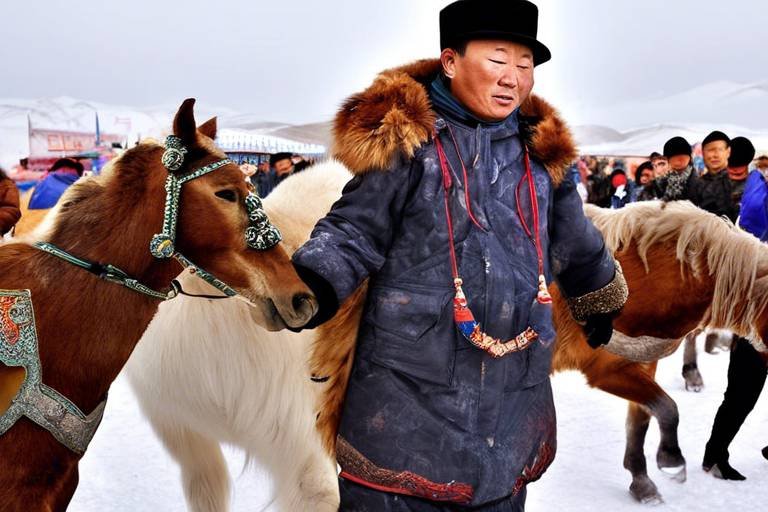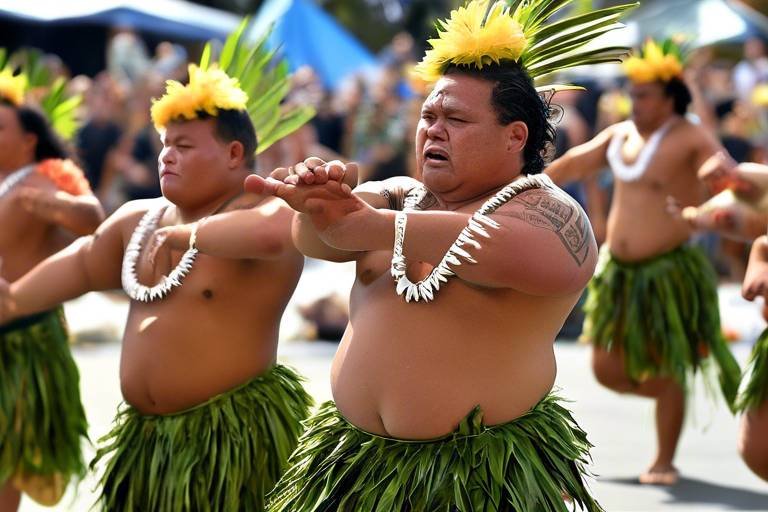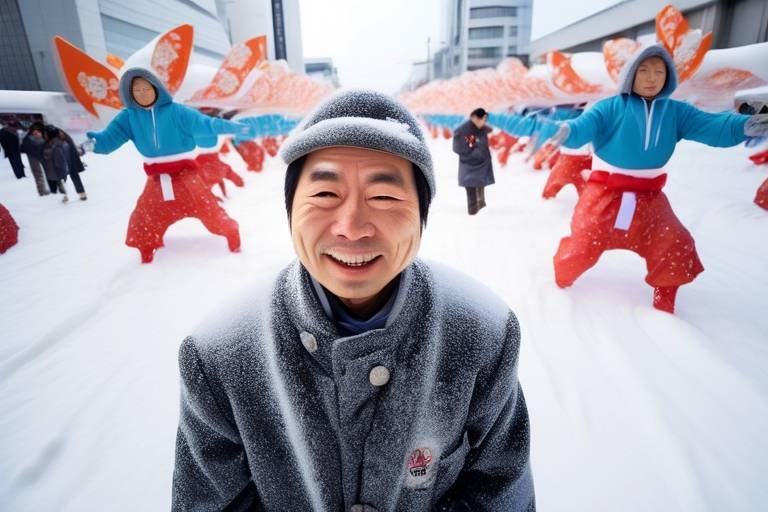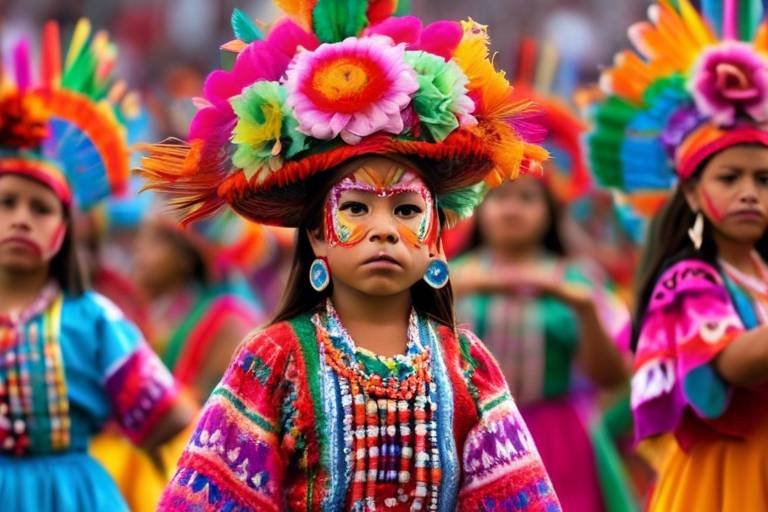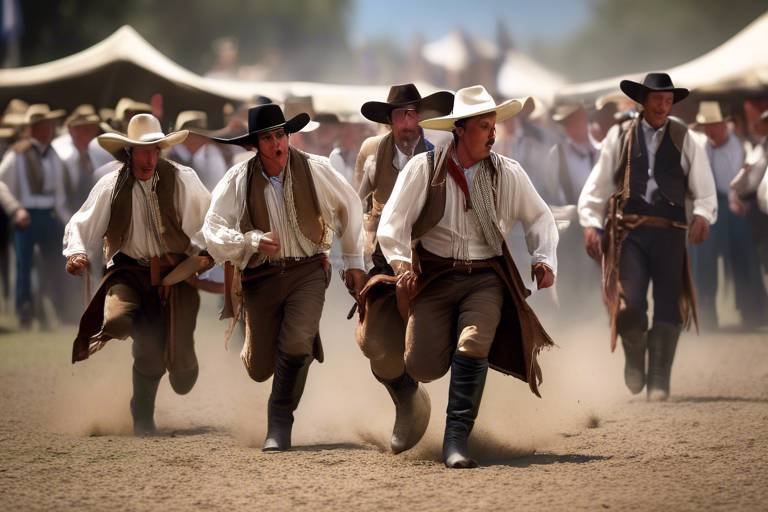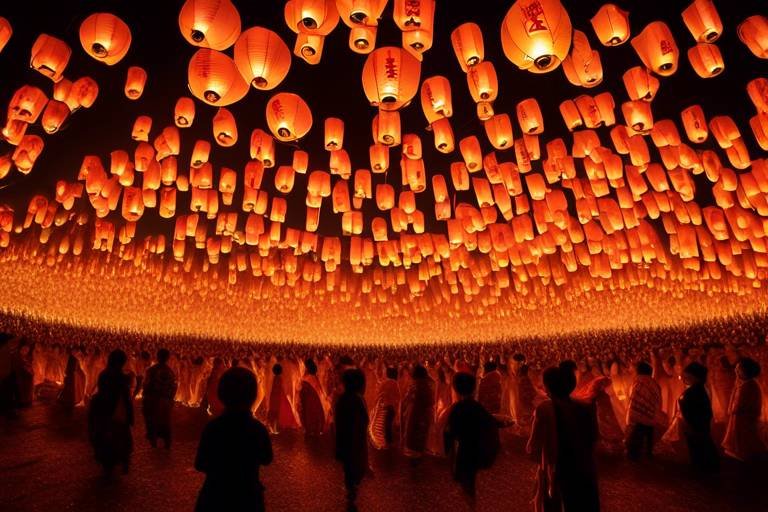The Vibrant Colors of Holi Festival in India
Exploring the joyous and colorful celebration of Holi in India, known for its vibrant hues, cultural significance, and festive spirit that marks the arrival of spring.
Delve into the origins and historical significance of the Holi festival, tracing back to ancient Hindu mythology and legends that symbolize the victory of good over evil.
Discover the traditional customs and rituals observed during Holi, including the lighting of bonfires, throwing of colored powders, and festive gatherings with music and dance.
Learn about the significance of throwing colorful powders during Holi, known as gulal, symbolizing the arrival of spring and the vibrant hues of nature.
Explore the playful tradition of water balloon fights during Holi, where participants drench each other in colored water as a symbol of joy and celebration.
Understand the diverse regional variations of Holi celebrations across India, each with unique customs, rituals, and cultural practices that add to the festival's richness.
Discover the delicious traditional foods and sweets enjoyed during Holi, such as gujiya, thandai, and other festive treats that add flavor to the celebration.
Explore how the Holi festival is celebrated in modern times, including commercial aspects, social gatherings, and the integration of technology in the festivities.
Examine the global impact of Holi celebrations beyond India, as the festival gains popularity worldwide, promoting cultural exchange and spreading the message of love and unity.
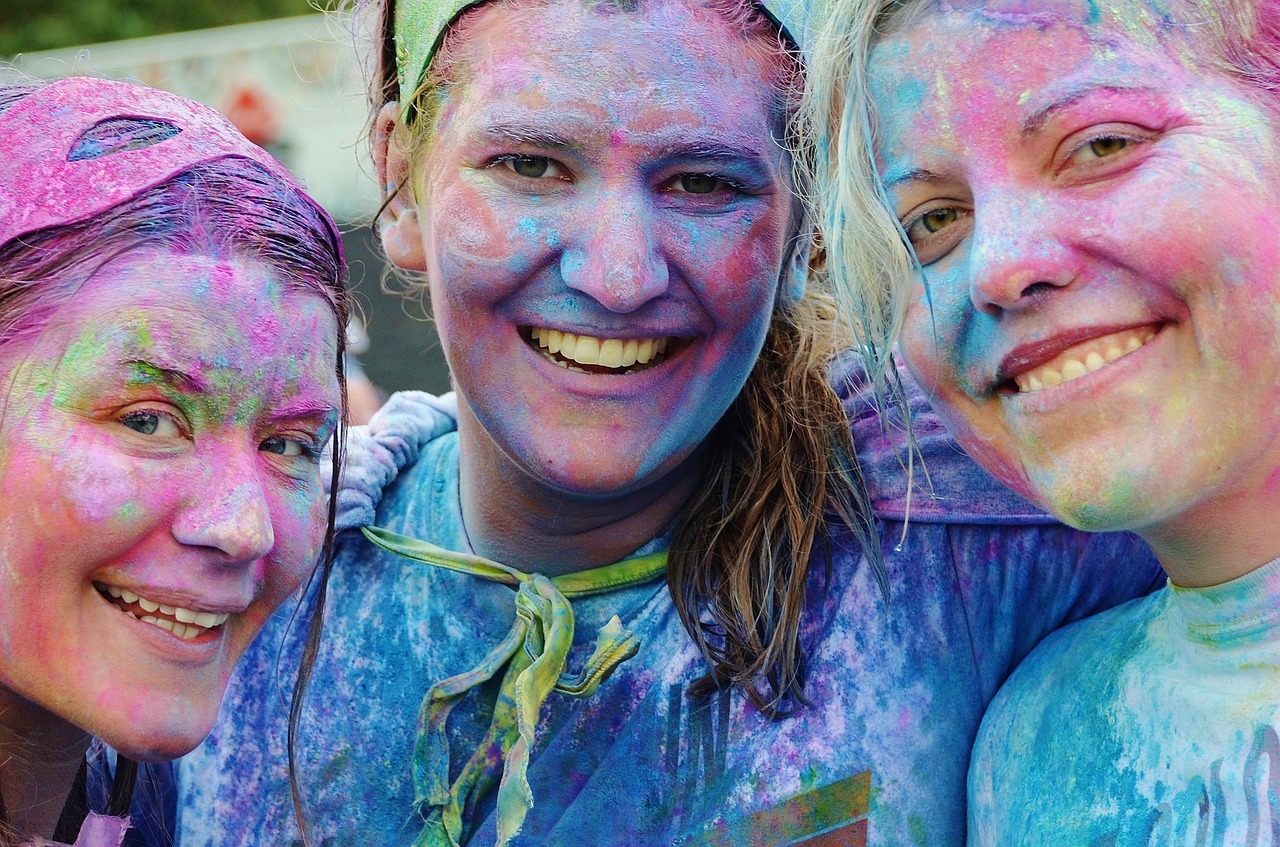
History of Holi
The history of Holi dates back to ancient times, rooted in Hindu mythology and legends that symbolize the triumph of good over evil. One of the most famous stories associated with Holi is the tale of Hiranyakashipu and his son Prahlad. Hiranyakashipu, a demon king, wanted to be worshipped as a god, but his son Prahlad remained devoted to Lord Vishnu. Enraged by this, Hiranyakashipu tried to kill Prahlad, but with the protection of Vishnu, Prahlad emerged unscathed from various attempts on his life, including being thrown into a fire. This victory of Prahlad over evil is celebrated during Holi through the lighting of bonfires known as 'Holika Dahan'.
Another significant legend associated with Holi is the love story of Radha and Krishna. According to mythology, Lord Krishna, known for his playful nature, complained to his mother about the stark difference in skin color between him and Radha. In response, his mother playfully suggested that he color Radha's face with whatever color he desired. This led to the tradition of applying colors during Holi as a celebration of love and togetherness, symbolizing the unity between Radha and Krishna.

Traditional Rituals
When it comes to the vibrant celebration of Holi in India, traditional rituals play a significant role in adding depth and meaning to the festivities. One of the most iconic rituals is the lighting of bonfires, known as Holika Dahan, which symbolizes the victory of good over evil. As the flames dance and crackle, people gather around to offer prayers and seek blessings for prosperity and happiness.
Another integral part of Holi is the playful throwing of colored powders, also known as gulal. This colorful powder signifies the arrival of spring and the blossoming of nature after the winter slumber. The streets come alive with a kaleidoscope of hues as people joyfully smear each other with gulal, spreading laughter and cheer in every direction.
Water plays a vital role in Holi celebrations, with water balloon fights being a popular tradition during the festival. Participants engage in friendly battles, drenching each other in colored water as a symbol of joy and celebration. The splashes of water and bursts of laughter create an atmosphere of pure bliss, washing away inhibitions and fostering camaraderie among all.
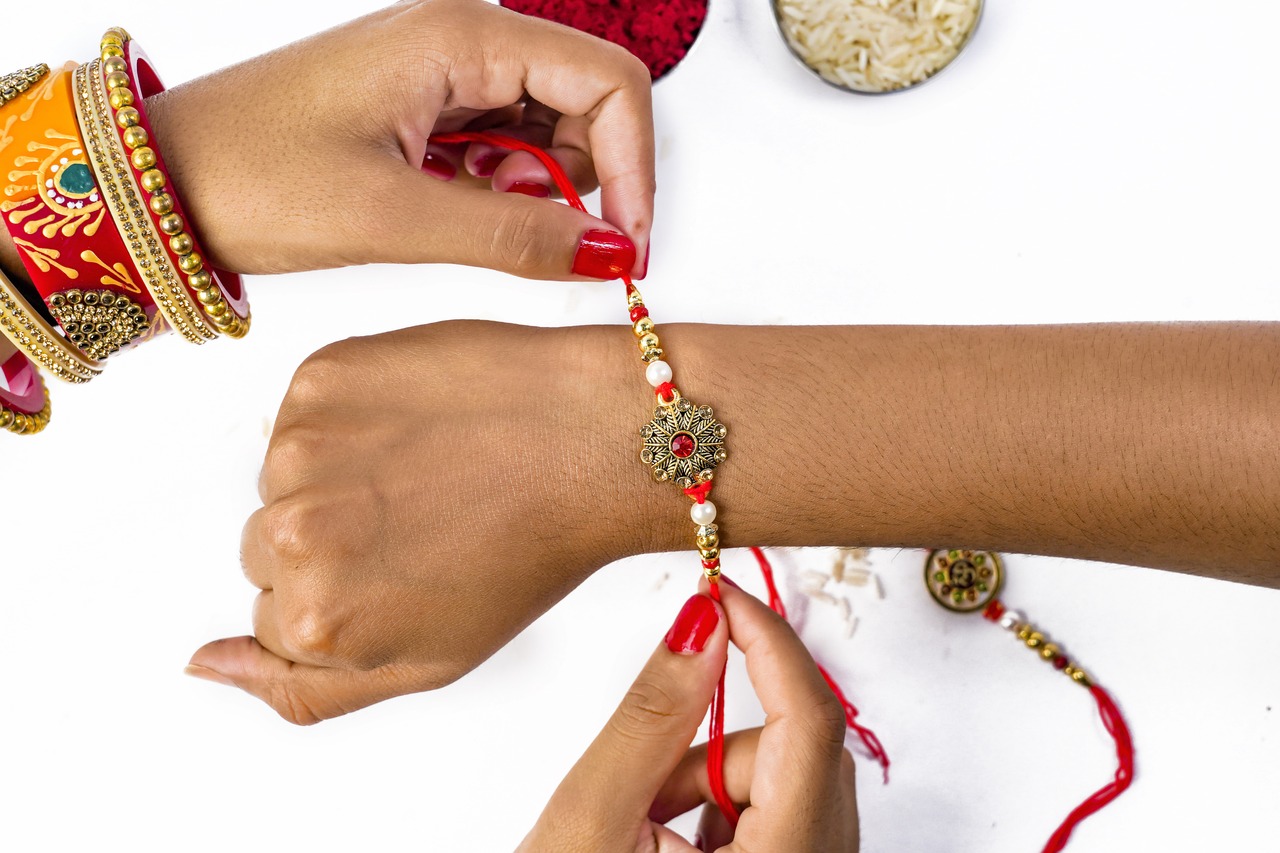
Colorful Powders
Colorful powders play a central role in the exuberant celebration of Holi, adding a vibrant and joyful element to the festivities. Known as gulal, these powders are symbolic of the arrival of spring and the colorful hues of nature awakening after the winter slumber. The act of throwing colorful powders on one another during Holi is not just a playful gesture but a representation of shedding inhibitions, embracing diversity, and spreading happiness through the kaleidoscope of colors.
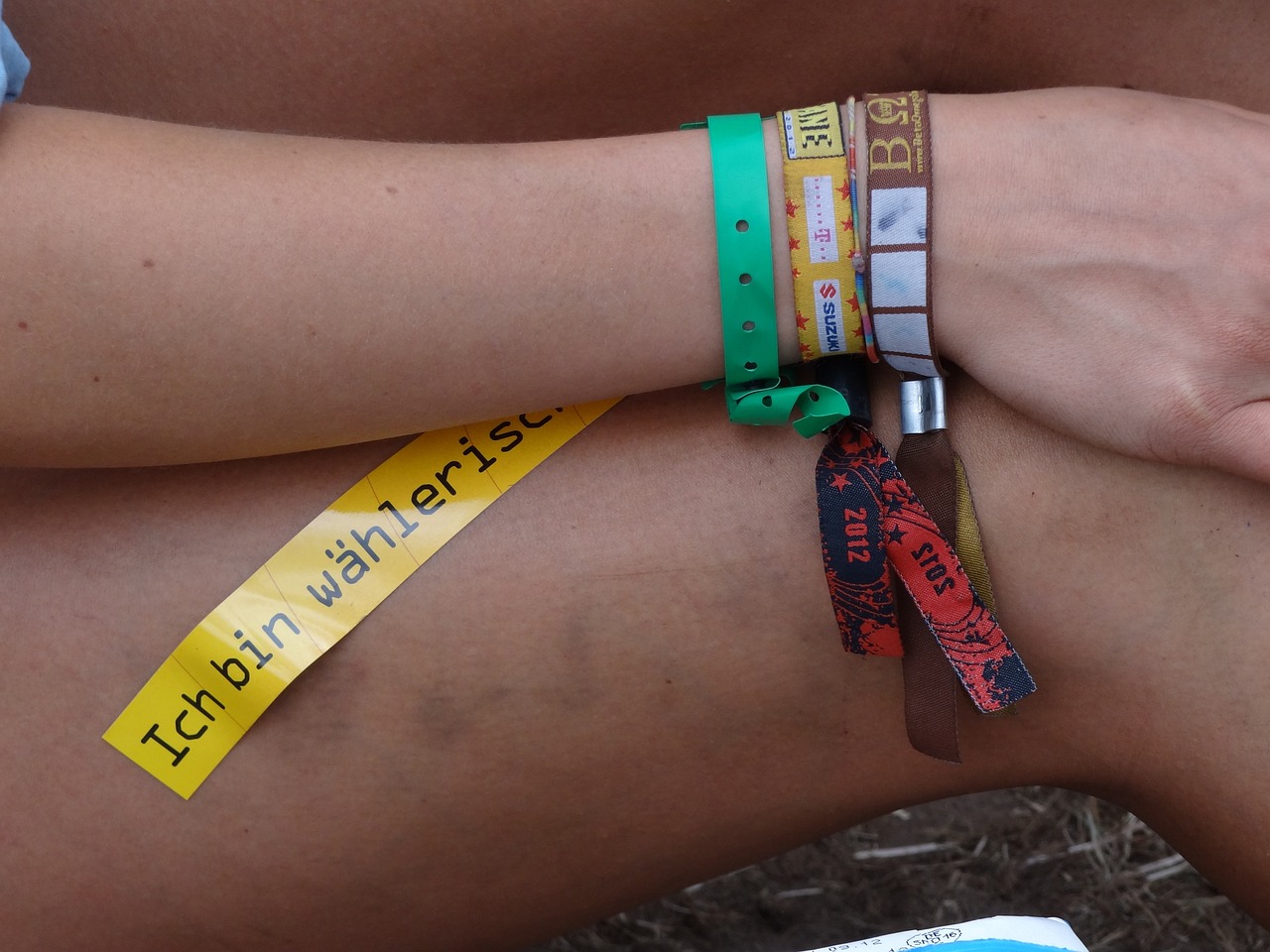
gulal,
Exploring the joyous and colorful celebration of Holi in India, known for its vibrant hues, cultural significance, and festive spirit that marks the arrival of spring.
Delve into the origins and historical significance of the Holi festival, tracing back to ancient Hindu mythology and legends that symbolize the victory of good over evil.
Discover the traditional customs and rituals observed during Holi, including the lighting of bonfires, throwing of colored powders, and festive gatherings with music and dance.
gulal, the colorful powders used during Holi, hold deep symbolic significance. These vibrant powders represent the arrival of spring and the lively colors of nature. They are joyously thrown in the air and smeared on faces as a way to celebrate the season's renewal and the triumph of good over evil.
Explore the playful tradition of water balloon fights during Holi, where participants drench each other in colored water as a symbol of joy and celebration.
Understand the diverse regional variations of Holi celebrations across India, each with unique customs, rituals, and cultural practices that add to the festival's richness.
Discover the delicious traditional foods and sweets enjoyed during Holi, such as gujiya, thandai, and other festive treats that add flavor to the celebration.
Explore how the Holi festival is celebrated in modern times, including commercial aspects, social gatherings, and the integration of technology in the festivities.
Examine the global impact of Holi celebrations beyond India, as the festival gains popularity worldwide, promoting cultural exchange and spreading the message of love and unity.
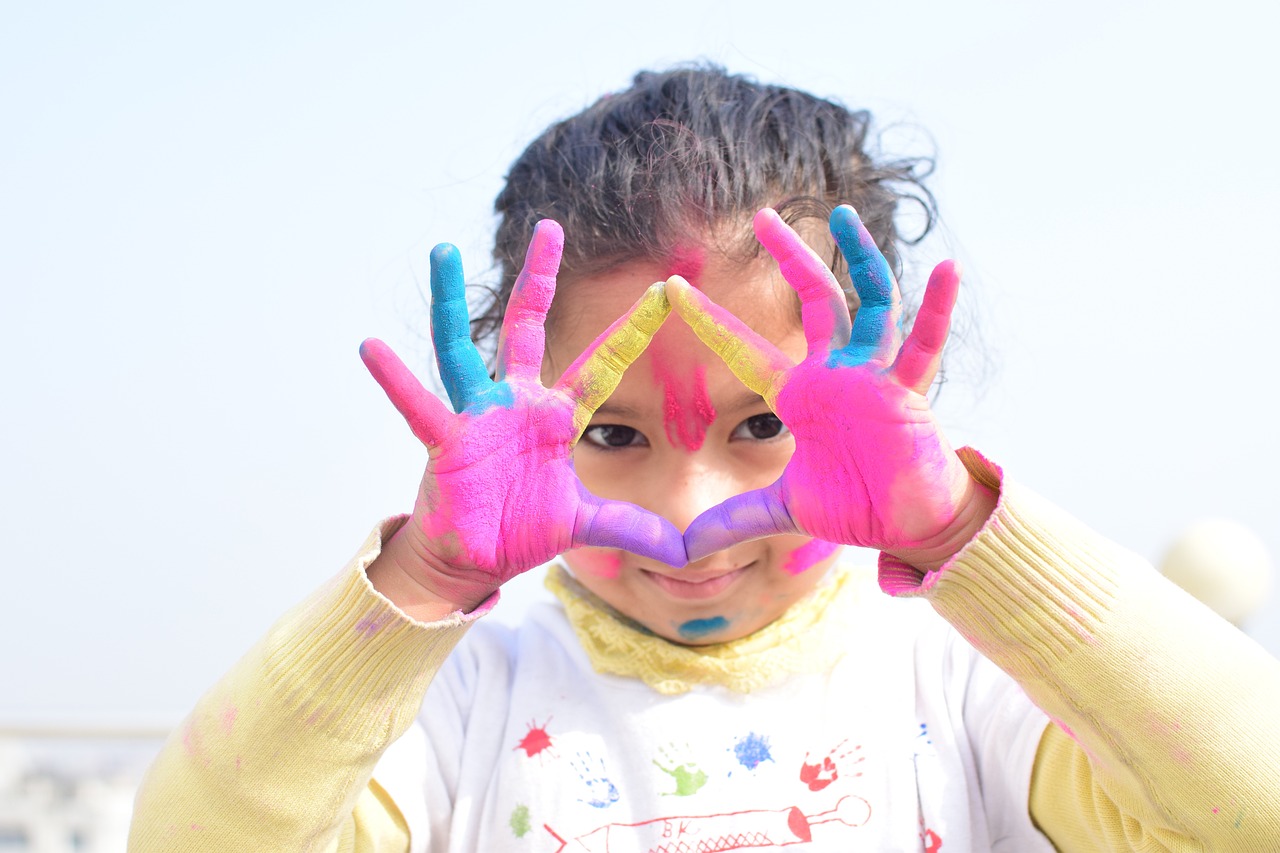
symbolizing the arrival of spring and the vibrant hues of nature.
Exploring the joyous and colorful celebration of Holi in India, known for its vibrant hues, cultural significance, and festive spirit that marks the arrival of spring.
Delve into the origins and historical significance of the Holi festival, tracing back to ancient Hindu mythology and legends that symbolize the victory of good over evil.
Discover the traditional customs and rituals observed during Holi, including the lighting of bonfires, throwing of colored powders, and festive gatherings with music and dance.
Learn about the significance of throwing colorful powders during Holi, known as gulal, symbolizing the arrival of spring and the vibrant hues of nature.
Explore the playful tradition of water balloon fights during Holi, where participants drench each other in colored water as a symbol of joy and celebration.
Understand the diverse regional variations of Holi celebrations across India, each with unique customs, rituals, and cultural practices that add to the festival's richness.
Discover the delicious traditional foods and sweets enjoyed during Holi, such as gujiya, thandai, and other festive treats that add flavor to the celebration.
Explore how the Holi festival is celebrated in modern times, including commercial aspects, social gatherings, and the integration of technology in the festivities.
Examine the global impact of Holi celebrations beyond India, as the festival gains popularity worldwide, promoting cultural exchange and spreading the message of love and unity.
The throwing of colorful powders during Holi is a vibrant and symbolic tradition that represents the arrival of spring and the beauty of nature in full bloom. The gulal powders, in their myriad colors, mirror the blossoming flowers and the lively spirit of the season. Participants joyfully smear each other with these powders, creating a kaleidoscope of hues that evoke the freshness and vibrancy of springtime.
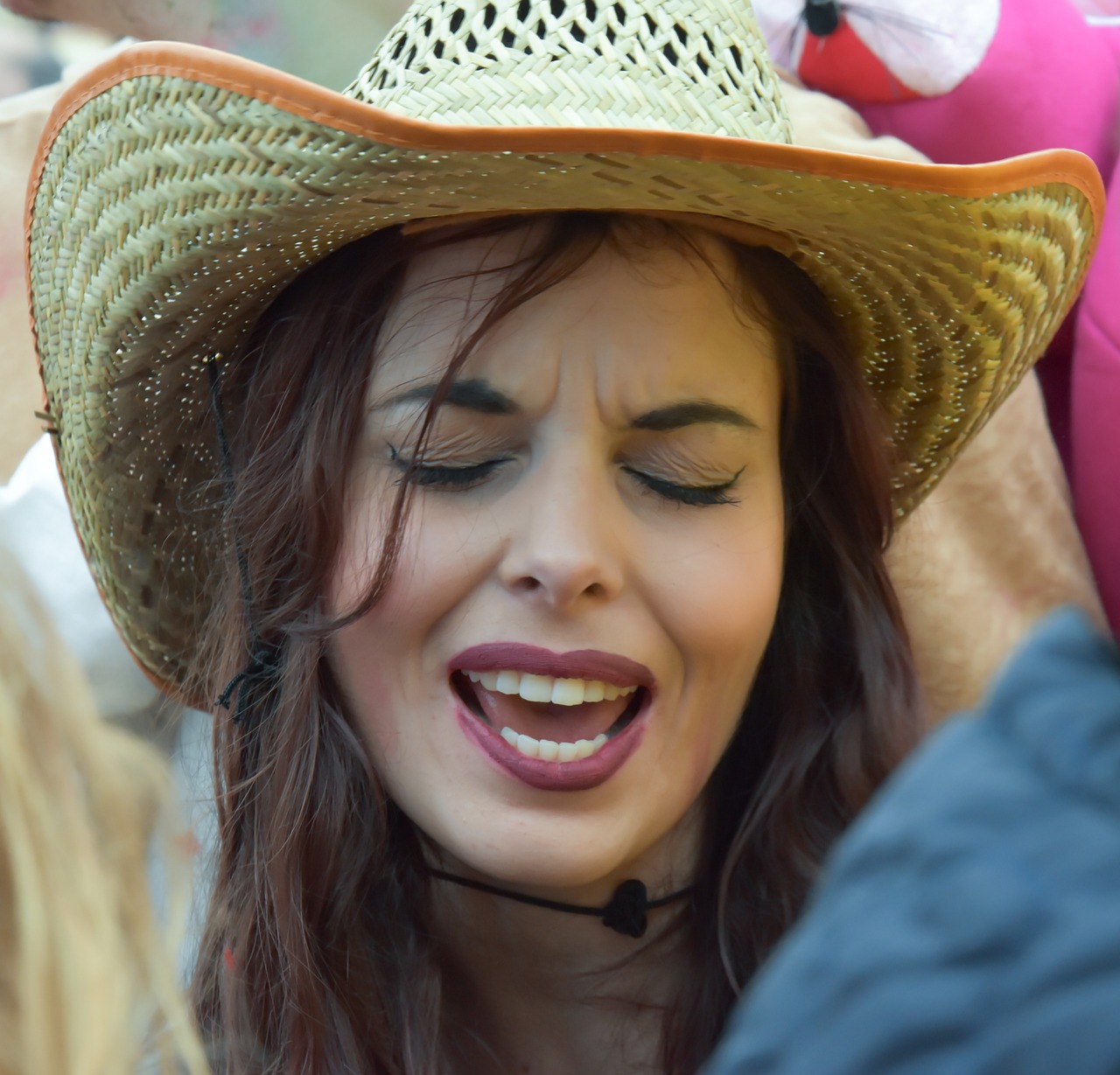
Water Balloon Fights
When it comes to the vibrant celebration of Holi in India, one of the most exciting and playful traditions is the . Imagine a scene where laughter fills the air, and people joyfully drench each other with colored water-filled balloons. It's not just about getting wet; it's a symbol of letting go of inhibitions and embracing the spirit of fun and camaraderie.
During the of Holi, participants engage in friendly battles, aiming to splash each other with bright and cheerful colors. The burst of water balloons creates a splatter of colors, turning the surroundings into a canvas of happiness. It's a moment of pure joy and excitement, where people of all ages come together to relish the playful chaos.
These add an element of surprise and spontaneity to the festive atmosphere of Holi. The coolness of the water against the warmth of the spring sun creates a refreshing experience, symbolizing the rejuvenation and renewal that come with the changing season. It's a moment to let loose, have fun, and create colorful memories that last a lifetime.
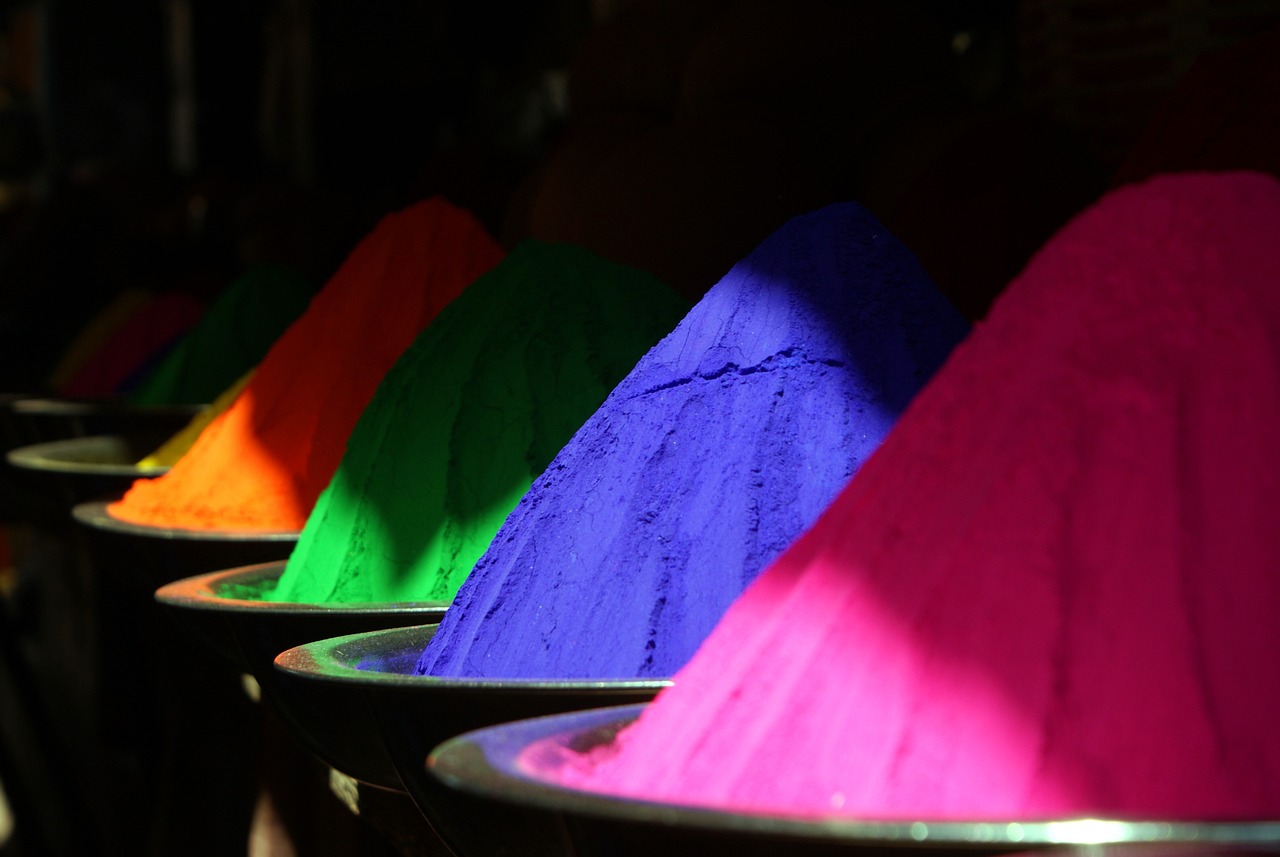
Regional Variations
When it comes to the vibrant festival of Holi in India, the regional variations add a unique touch to the celebrations, reflecting the diverse cultural tapestry of the country. Each region brings its own flair and customs to the festivities, making Holi a truly colorful and rich experience for all. From the bustling streets of Delhi to the serene villages of Kerala, the essence of Holi is celebrated with fervor and joy, albeit with regional twists.
In the northern states of India, such as Uttar Pradesh and Rajasthan, Holi is marked by grand processions, elaborate decorations, and traditional folk songs that echo through the streets. The iconic 'Lathmar Holi' in Barsana, where women playfully beat men with sticks, is a sight to behold, showcasing the playful and spirited nature of the festival in this region.
On the other hand, in the western state of Gujarat, Holi is celebrated with the vibrant dance form of Garba, where people dressed in colorful attire swirl and twirl to traditional music, creating a mesmerizing spectacle of unity and joy. The air is filled with the sound of dhol and the sight of dandiya sticks clashing in rhythmic harmony, symbolizing the spirit of togetherness and celebration.
Heading south to Karnataka and Tamil Nadu, Holi takes on a more subdued yet equally heartfelt tone, with a focus on spiritual rituals and prayers at temples. The festival is observed with reverence and devotion, honoring the divine essence of spring and renewal, creating a serene and tranquil atmosphere that is unique to this region.
Further east in West Bengal and Assam, Holi merges with the colorful festivities of Dol Jatra and Phakuwa, where communities come together to smear each other with vibrant colors and dance to traditional tunes. The joyful chaos and exuberance of these celebrations reflect the dynamic and lively spirit of the people in these regions, making Holi a time of pure joy and camaraderie.
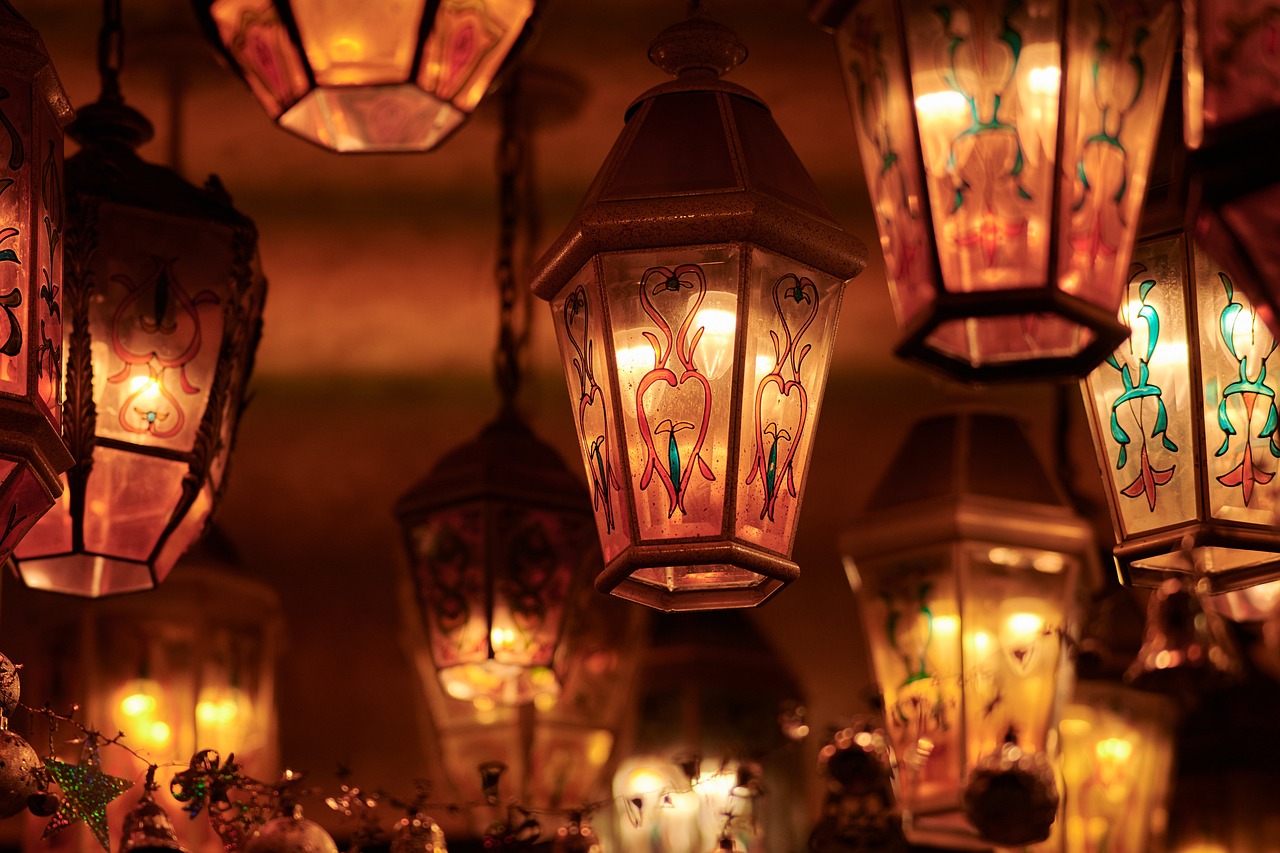
Food and Sweets
Food and sweets play a central role in the festive celebrations of Holi, adding a delicious flavor to the vibrant occasion. One of the most popular sweet treats enjoyed during Holi is 'gujiya', a deep-fried pastry filled with khoya, nuts, and dried fruits, symbolizing the richness and sweetness of life. The preparation of gujiya involves intricate folding and sealing of the pastry, creating a delightful treat that is eagerly anticipated during the festival.
Another traditional delicacy savored during Holi is 'thandai', a refreshing drink made with a blend of milk, nuts, and aromatic spices such as saffron, cardamom, and fennel seeds. Thandai is known for its cooling properties, making it a perfect beverage to enjoy amidst the exuberant celebrations of Holi. The rich and creamy texture of thandai combined with the fragrant spices creates a unique flavor that is cherished by revelers.
Alongside gujiya and thandai, Holi is also a time to indulge in a variety of savory snacks and sweets that cater to different taste preferences. From crispy 'papri chaat' to sweet 'jalebi', the festival offers a diverse culinary experience that satisfies both the sweet tooth and the savory cravings of participants. The array of food and sweets served during Holi reflects the festive spirit of sharing and abundance, inviting people to come together and enjoy the flavors of the season.
For the frequently asked questions section, you can add the following HTML structure at the end of the article:-
What is the significance of Holi food and sweets?
The food and sweets served during Holi symbolize the richness and sweetness of life, bringing joy and indulgence to the festive celebrations.
-
What are some traditional Holi sweets?
Traditional Holi sweets include gujiya, thandai, jalebi, and other delicacies that are enjoyed during the festival for their unique flavors and cultural significance.
-
How is thandai prepared for Holi?
Thandai is prepared by blending milk, nuts, and aromatic spices to create a refreshing and flavorful drink that is traditionally consumed during Holi to cool off and enjoy the festivities.
-
What is the cultural importance of sharing food during Holi?
Sharing food during Holi symbolizes unity, togetherness, and the spirit of community as people come together to enjoy delicious meals and sweets, fostering bonds of friendship and camaraderie.

Modern Celebrations
Modern Celebrations of Holi have evolved over the years to encompass a blend of traditional customs and contemporary trends. In urban areas, the festival is not only celebrated with colored powders and water but also with vibrant music festivals and themed parties that attract a diverse crowd. The streets come alive with people dancing to the beats of Bollywood songs, creating a lively and energetic atmosphere.
One notable aspect of modern Holi celebrations is the commercialization of the festival, with the sale of a wide range of colorful powders, water guns, and themed merchandise. This commercial aspect has led to the festival becoming a significant economic opportunity for businesses, especially in tourist destinations where Holi is celebrated with grandeur and enthusiasm.
Social media has also played a significant role in modern Holi celebrations, with people sharing their colorful moments and festive experiences online. The use of hashtags and filters related to Holi has become a popular trend, allowing individuals to showcase their participation in the festival and connect with a global audience.
Moreover, technology has been integrated into Holi celebrations in innovative ways, such as organizing virtual Holi parties, live streaming events, and creating interactive digital experiences that engage participants from around the world. These technological advancements have brought people closer together, transcending geographical boundaries and spreading the joy of Holi globally.
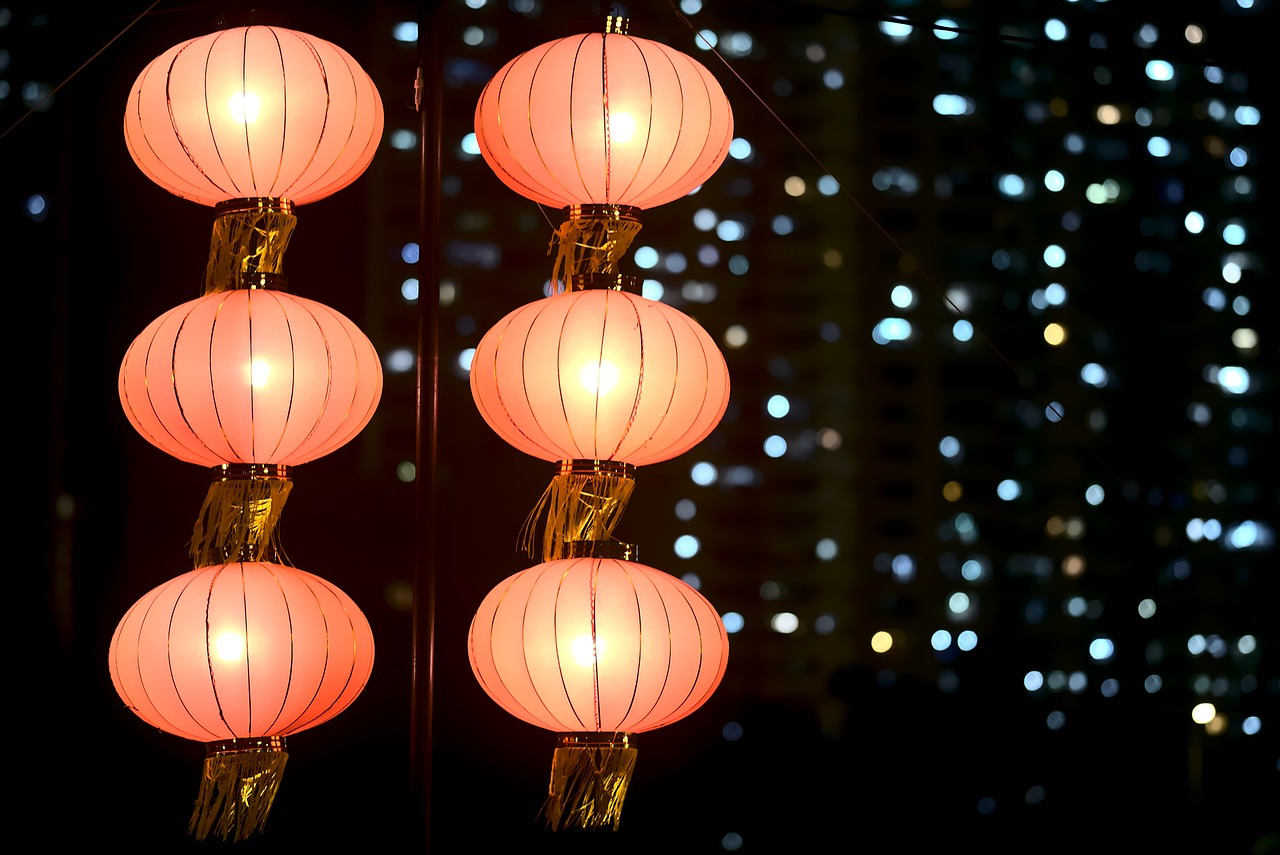
Global Impact
When it comes to the of the vibrant Holi festival, it's fascinating to see how this traditional Indian celebration has transcended borders and captured the hearts of people worldwide. The colorful festivities of Holi have not only become a popular cultural event in many countries but also serve as a symbol of unity, love, and diversity.
One of the most significant impacts of Holi on a global scale is the promotion of cultural exchange and understanding. As the festival gains popularity in different parts of the world, people from diverse backgrounds come together to partake in the joyous celebrations, sharing in the spirit of Holi and experiencing the rich traditions of Indian culture.
Moreover, the message of love and unity that Holi embodies resonates with people globally, transcending language and cultural barriers. The vibrant colors, festive music, and jubilant atmosphere of Holi have the power to bring communities together, fostering a sense of camaraderie and mutual respect.
Through social media and digital platforms, the global reach of Holi has expanded even further, with people from all corners of the world joining in the celebrations virtually. From sharing colorful photos and videos to participating in online events, the essence of Holi has found a new digital dimension, connecting individuals across continents in the spirit of joy and festivity.
Frequently Asked Questions
- What is the significance of the colorful powders used during Holi?
The colorful powders, known as gulal, symbolize the arrival of spring and the vibrant hues of nature. They are thrown on each other during Holi as a joyful celebration of the season.
- Why are water balloon fights a part of Holi celebrations?
Water balloon fights are a playful tradition during Holi, where participants drench each other in colored water. It symbolizes joy, fun, and the spirit of togetherness that defines the festival.
- What are some traditional foods enjoyed during Holi?
During Holi, people enjoy a variety of traditional foods and sweets such as gujiya, thandai, and other festive treats that add flavor to the celebration and reflect the richness of Indian culinary traditions.
- How has the Holi festival evolved in modern times?
In modern times, Holi celebrations have incorporated commercial aspects, social gatherings, and the use of technology to enhance the festive experience. The festival continues to evolve while retaining its cultural essence.
- What is the global impact of Holi celebrations?
Holi celebrations have transcended borders and gained popularity worldwide, promoting cultural exchange, unity, and the message of love. The festival serves as a symbol of harmony and shared humanity across diverse communities.


